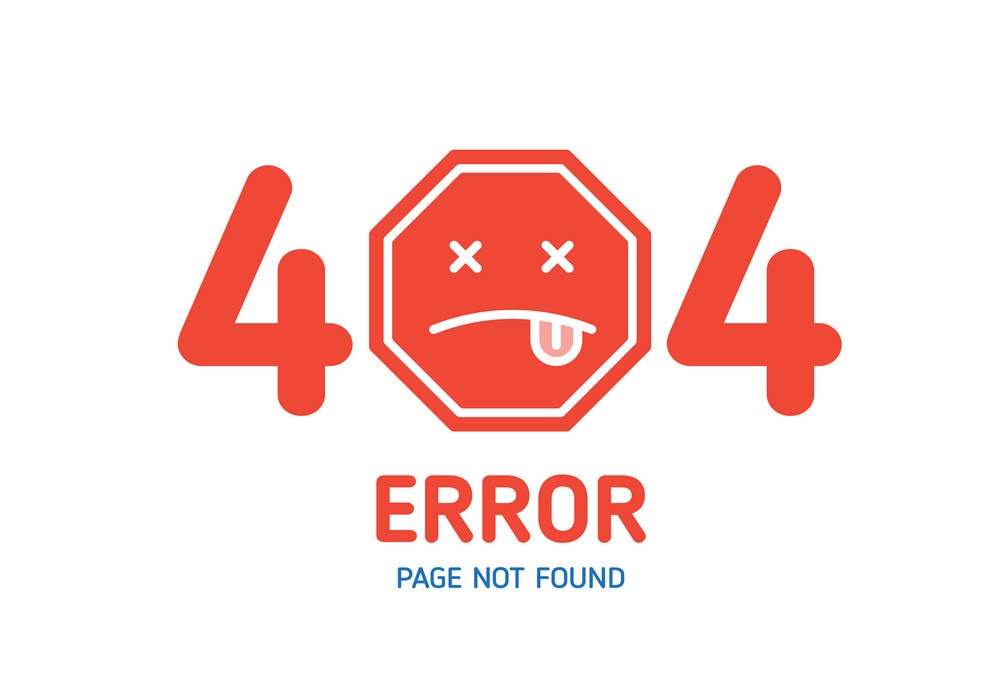4 Common Crawl Errors and Why You Need to Fix Them
Crawl errors, site errors and website issues — oh my! While they may seem more abstract than the traditional lions, tigers and bears, they’re just as scary when it comes to your website health. Most people know that site errors should be fixed, but the hard part is knowing what the errors actually mean and which ones to prioritize fixing.
The first thing to get out of the way is an explanation of why site errors impact SEO performance. Seems like it could just be a web thing right?
The reason site errors are bad for SEO is the fact that they’re bad for user experience, which is a major red flag for search engines. When a search engine crawls your site and finds a whole bunch of errors that are affecting user experience, it takes note and then later prioritizes showing a site with similar information that has fewer or no errors in the SERP (search engine result page) over your site. If left unchecked, these errors build up and eventually lead to your site taking a nosedive in the SERPs.
Errors can also cause issues with the actual crawlability of your site. When a search engine is crawling your site and comes across an error, it has to essentially turn back and find another way through the site. If the errors are serious enough, that could lead to a whole section of your pages not getting crawled and some pages getting crawled more than they need to. That leaves a lot of potentially valuable, rankable content on the table, and as ranking gets increasingly competitive, that’s the last thing you want.
Luckily for you, we deal with these errors all the time, so we know which ones are cause for alarm and which ones can be ignored for now. We’ll give you a quick rundown of the most common error types that you should pay attention to, what they mean for your site (in the eyes of humans and robots) and why they should be fixed. So buckle in and get ready for the — admittedly not that wild — ride.
1. 404 Errors

We’ve all seen it before: that classic 404 error all up in your face, telling you that the page you’re looking for doesn’t exist. You can try to make them visually pleasing or funny, or both, but at the end of the day, it’s bad news for users and for search engines, which means it’s bad news for you.
If you’ve ever come across a 404 error (you probably have), you know that it usually leads you to seek your information elsewhere, and that’s what we want to avoid. When search engines see 404 errors, they see a bad user experience and prioritize other sites with similar information in the SERP.
2. Broken Internal Links
Next up on the docket, broken internal links. These are links that live on your site that point to other pages on your domain. It could be one of your blog posts that has a link to another blog post that’s broken, etc.
Similar to 404 errors, the human reason to fix this error boils down to the fact that it’s confusing for the user and generally results in them leaving your site. For search engines, it again acts as a red flag for user experience, but it also hinders the crawl path itself.
3. Redirect Chains and Loops
This is one of the silent killers. Most regular people don’t know that they even exist, but that definitely doesn’t mean that you shouldn’t care about them. A redirect chain is a series of URLs that redirect from one to the next, to the next, and so on. Usually, they’re about 4 or 5 URLs long, but they can be longer. A redirect loop is almost exactly the same, except the last URL in the chain redirects back to the first URL, creating a loop.
The reason these negatively impact your SEO is that your site has a limited “crawl budget” or number of pages a search engine will crawl. Chains and loops take up a disproportionate amount of the crawl budget, which can potentially leave some pages of your site un-crawled.
4. Duplicates (Title Tags, Meta Descriptions, Content)
This is another error that may have less of an effect on users and more of an effect on how a search engine sees your site. If you have more than one page with the same exact body content, title tag or meta description (or all of the above), it makes it harder for search engines to determine which page should be prioritized and can lead to neither of them ranking very highly.
It’s also detrimental because search engines tend to like unique and helpful content, and when there’s another page out there with the exact same content or purpose, it can lead search engines elsewhere to find content that isn’t a duplicate.
Now that you know some errors to look out for on your site, make sure you’re following all the SEO best practices too. Download our Ultimate On-Page SEO Checklist to make sure your site can be found by the right audiences.





